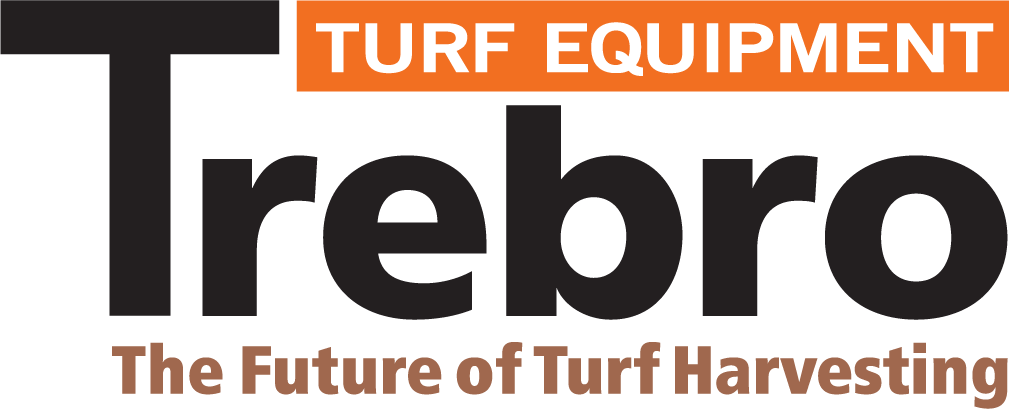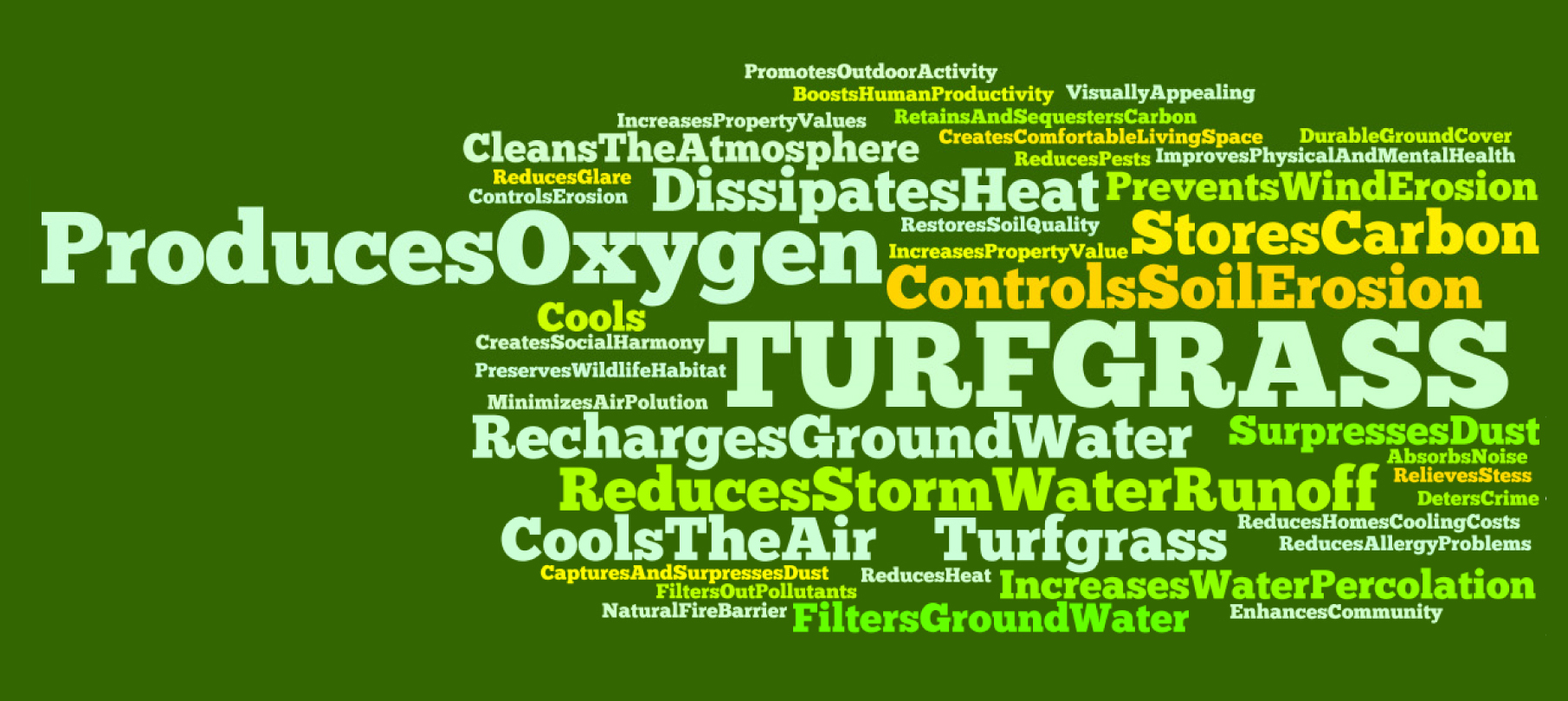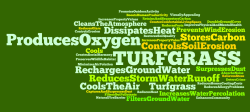EAST DUNDEE, IL USA — (MARCH 2015)
When it comes to the benefits of turfgrass most people don’t give it much thought. If the average homeowner does give it any thought, it’s usually limited to their front lawn, their backyard, maybe the neighborhood park, or perhaps that sports field at the local high school. The truth is, most people focus more on the cosmetic appearance of their lawns than ponder the question – why is turfgrass is such a great ground cover?
The environmental benefits of turfgrass seldom come up in the conversation and I suspect a good number of people would be hard pressed if they were asked the question, “What has your lawn done for you lately?”
Truth be known, turfgrass which includes lawns, playing fields, golf courses, parks and many other outdoor areas provides tremendous environmental benefits that are seldom considered.
In fact, turfgrass is among the foremost protectors of the environment, providing many functional, recreational aesthetic benefits. That was the conclusion of a scientific study “The Role of Turfgrasses in Environmental Protection and Their Benefits to Humans” published in the Journal of Environmental Quality by two prominent turf experts, Dr. James B. Beard and Dr. Robert L. Green. They emphasized that “the complexity and comprehensiveness of the environmental benefits of turfgrass that improve our quality of life are just now being quantitatively documented through research.”
The environmental benefits of turfgrass scientifically documented in the article include:
- Soil erosion control and dust stabilization
- Groundwater recharge and surface water quality
- Organic chemical decomposition
- Soil improvement and restoration
- Heat dissipation-temperature moderation
- Noise abatement and glare reduction
- Decrease of noxious pests, reduced allergy-related pollens and human disease exposure
- Security for vital installations and lower fire hazard
The researchers also reported that scientific support for recreational and aesthetic benefits included improved mental health, social harmony and improved productivity.
Addressing concerns about turf water use, the researchers reported that “there is no valid scientific basis for water conservation strategies or legislation requiring extensive use of trees and shrubs in lieu of turfgrasses. The main cause for excessive landscape water use in most situations is the human factor.”
Turfgrass controls soil erosion and stabilizes dust by trapping and holding particles in place. It also recharges groundwater and improves surface water quality by filtering runoff. In addition, it dissipates heat through its natural cooling process, reducing temperatures in turf area by as much as five to seven degrees as compared to hard-surface areas.
Turfgrass controls air pollution by taking carbon dioxide and other pollutants from the atmosphere and returning oxygen. Just a small 25-foot by 25-foot plot of lawn traps enough carbon dioxide from the atmosphere to return oxygen to an entire family of four to breathe!
So, in the event you’re ever asked the question, “What has your lawn done for you lately?” You might respond – more than you could ever imagine!
For more benefits of turfgrass go to: https://www.landcarenetwork.org/legislative/ResearchSummary.pdf
Jim Novak
Public Relations Manager
Turfgrass Producers International
2 East Main Street
East Dundee, IL 60118
847-649-5555
jnovak@TurfGrassSod.org


